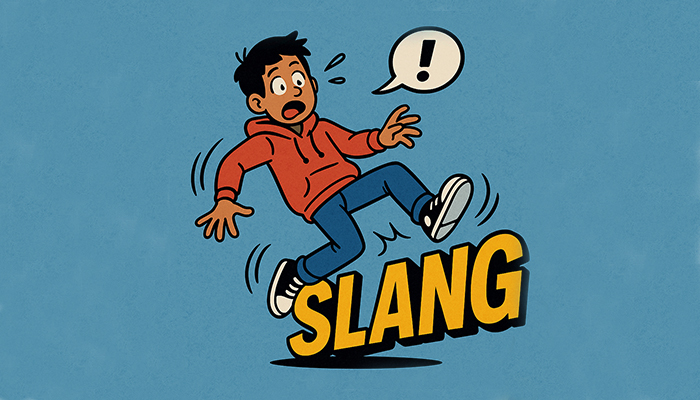Everything you need to know about transcreation, and how to make sure your company gets the best out of a transcreation project.
What is transcreation exactly?
Transcreation is a distinct translation process that is mainly used to describe the cross-cultural adaptation of advertising and marketing copy. The process is more than a straight translation; rather it is a creative writing and localisation process that is carried out by specialised mother-tongue translators who are also copywriters. Often advertising campaigns will be recreated from scratch in order to get the same impact within a different culture, so effectively, transcreation is not translation per se.
When was transcreation first used?
Transcreations have been carried out for thousands of years as sacred, historical and classic writings have been creatively adapted for others to read and relate to. However the term “transcreation” was popularised in the 1960s as advertising agencies used it to describe the translation of creative advertising copy. The word “transcreation” was even registered as a UK trademark in 2000 by UPS, but this expired in 2010 and further attempts to register it have been refused as it is now a commonly, if not rather ambiguously used term.
Why all the confusion?
Transcreation is an amalgamation of ‘translation’, and ‘creation’. The word has no formal definition and has not yet been accepted by Oxford Dictionaries (the author of this article has submitted it to Oxford and Macmillan). Transcreation even causes confusion and much debate within the translation industry. Until now!
What is the difference between translation and transcreation?
Transcreation is a very creative process and it is quite usual to interpret and deviate from the original copy in order to get the same emotive message across-cultures. In a translation true meaning and style must be maintained as close to the original text as possible with focus on readability and (depending on client requirements) no deviation from the original meaning occurs. Of major significance is that a transcreator is a translator and a copywriter. As with all translators, residency within the mother-tongue country is invaluable to ensure on the ball cultural sensitivities and cutting edge language use.
When would you ask for transcreation instead of translation?
Transcreation is – strictly speaking – the adaptation of marketing and advertising copy for global markets. That does cover a broad range of copy, and includes internal and external communications across industries. If you have hired an advertising agency or copywriter chances are you will need a transcreation service to maximise your campaign globally.
What does it take to be a transcreator?
Transcreation is a specialism. To reiterate, transcreators are translators who are also copywriters. A typical transcreator will be a qualified native mother-tongue translator, with a higher qualification such as a Masters or PhD (often both) within the field of communications. They will typically be members of various country-specific copywriting associations and will have considerable copywriting experience, usually around a minimum of 5 years, but 20-30 years of experience is not uncommon. Matching that experience with the transcreation job is key. Natutally transcreators are creative and lateral thinkers who know how to use words to get the desired emotional response from their native audience.
So to be clear what would a typical transcreation project be?
Typical projects include brand slogans and taglines, advertising campaigns, product information, website content, apps and games. A client can require the transcreation of a slogan into one or two languages or larger campaigns involving multiple languages and multiple texts. An element of transcreation may also be required alongside standard translation.
Is the term transcreation applied to any other forms of translation?
Transcreation is a term mainly used by those in the world of advertising and translation. That is copywriters, advertising and marketing agencies, design houses and translation agencies that specialise in global marketing and communications. Creative agencies such as these know it to mean specialist translation and localisation of advertising copy, but the term can sometimes loosely be used to describe the translation and localisation of highly crafted advertising and marketing content or copy in general.
What is the transcreation process?
A good brief is vital. The original copy is usually written for one well-known local audience. To achieve the same emotive message across cultures requires sensitive and highly creative cross-cultural modification that retains corporate branding. A specialist translation agency, as with your creative agency, will need to get to know your brand and its products, identify tone of voice and understand the purpose of the message to be conveyed. A choice of styles may be provided at the early stages. Back translations are often supplied especially on shorter texts and slogans where a number of versions will be supplied. The transcreation process is very creative and client feedback should be positively encouraged.
What is a back translation?
For advertising campaigns, particularly slogans and snappy creative marketing text it is usual for translation agencies to supply a few options with back translations.Clients don’t often speak the target language so a back translation offers a meaning. Back translations are very literal, they make sense, but may sound a bit unrefined. Back translations are also often used in medical translations as a form of linguistic validation.
Are there other terms that are used instead of transcreation?
Yes, here are a few! Adaptation, creative translation, cross-market copywriting, international copy adaptation, cultural adaptation, foreign language copywriting.
Is transcreation priced differently?
Yes, transcreation is basically foreign language copywriting and is therefore normally charged by the hour or at a fixed cost rather than by the word. If you take Coca-Cola, notable for its advertising slogans, to get the same iconic slogans across cultures takes some considerable research, thought and creativity, and is not a simple 2 to 10 word translation.
Funny, but oh so not funny transcreation blunders:
- Just Crap. Clairol got it completely wrong when they launched their ladies “Mist Stick” curling iron in Germany. At best “mist” means manure and at worst it means “crap”. “Crap Stick”. Not really going to catch on is it?
- But they weren’t the only ones. Sales of Ireland’s legendary liqueur Irish Mist never picked up in Germany in either. Fancy a glass of that “Irish Crap” to keep you going?
- The US computer company Wang had the strap line “Wang Cares”. Needless to say, the company’s UK retailer put a stop to that one.
- Scandinavian vacuum manufacturer Electrolux are rather infamous now for their rather amusing but detrimental American campaign: “Nothing sucks like an Electrolux”.
- Ikea, masters of localisation with shops in 38 countries get it wrong too: “Fartfull” wasn’t such a successful children’s desk in America; with its sexual connotations the “Jättebraand” plant pot caused consumer embarrassment in Thailand, as did the “Redalen” bed – sales slumped and Ikea get jumped on for it, even Time has written of their blunders. But this kind of publicity is not for the faint hearted.
There are plenty more transcreation blunders to be found out there. Next time you are planning a global campaign have a chat with a translation agency specialising in marketing and communications, they’ll happily advise you.







